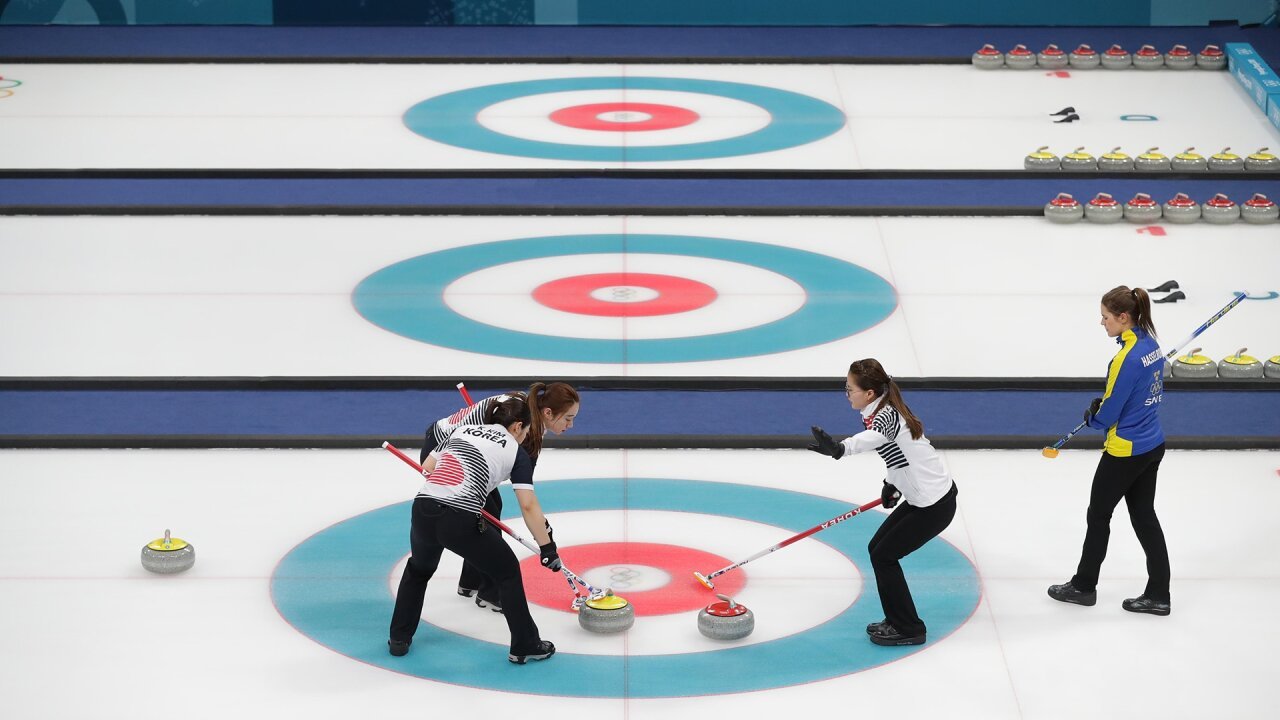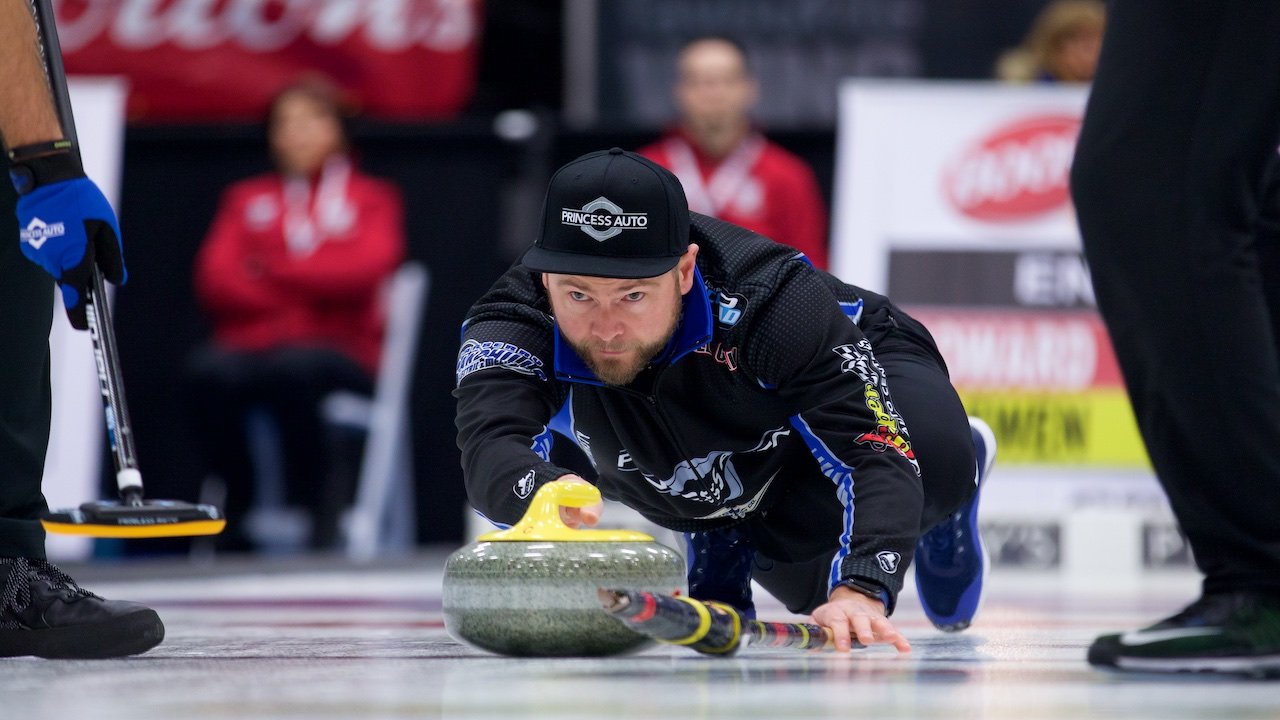EVIDENCE-BASED PRACTICE
It can be assumed that most curlers would like to improve their game and that all coaches want to support their athletes in doing so. So how can we be confident that we are supporting growth and improvement? Using evidence-based practice could help.
what is evidence-based practice?
Evidence-based practice is a framework that can be used by curlers and coaches to best support performance growth and development. Its purpose is to increase certainty that decisions and interventions are contributing towards performance increases. Useful evidence can come from several sources. In the context of sports, evidence-based practice incorporates these 3 key evidence sources [Coutts, 2017}:
Using the best possible research evidence.
Drawing upon expertise and past curling experience.
Taking individual preferences into account.
It is vital that all aspects of evidence-based practice contribute towards decision making in curling. This full appreciation of performance problems allows for optimal interventions to be implemented, and eventual performance improvements to occur.
best research evidence
This refers to using the highest quality, most recent, and most relevant scientific research evidence you have available. All research should be approached critically, with careful consideration for what information and results are valuable.
In the case of curling, research is lacking in many areas. Our sport is relatively small and investment in scientific research is limited compared to larger sports. However, we can still try to find the most relevant information possible, often drawing from older research or from literature investigating other sports. If done carefully, valuable information can still be found and applied to curling. An example of this would be borrowing psychological techniques from golf research and applying them to a curling athlete. Many aspects of these two sports are comparable, and it is likely that these techniques can be successfully implemented in curling.
Despite posing issues, this lack of research can be viewed as exciting. It means there are vast opportunities for future research and investigation in our sport.
Ian Willms - New York Times
The quality of the research evidence must be considered. Some studies may not effectively test what they claim to have done or lack the statistical power to make concrete conclusions. Looking at the available range of literature allows you to identify common trends and patterns in findings, even if individual studies are lacking quality.
Research may lack relevance to your individual case. For example, the study could have investigated the sweeping of elite curlers, but your case is a beginner athlete. This does not mean you cannot apply the results of the study to your case, but they should be treated with caution and in conjunction with the other key aspects of evidence-based practice.
curling expertise
Curling expertise comes from practical experience of the game. Examples of where this expertise can come from includes playing, coaching, spectating, ice-making, and speaking with others.
Developing a deep understanding of curling performance comes with time, trying new ideas, and being prepared to be wrong. It is important to gain feedback from those around you to better analyse what is leading to performance improvements and what is not. Of the components of evidence-based practice, sport-specific expertise is valued most highly by athletes [Schwarz et al., 2021].
Dan Powers - USA TODAY Sports
Anecdotal evidence is commonly used by curlers and coaches and can be incredibly valuable. An example of this is the rapidly evolving directional sweeping techniques. Due to limited scientific research evidence, we are relying on anecdotal evidence and the curling expertise of player and coaches. This has led to differing ideas and techniques between teams. High quality research evidence is needed to support or refute these existing theories, allowing curlers to better understand the effects of different sweeping techniques.
Listening to the opinions, judgement, and theories of more experienced curlers is greatly beneficial. Their curling experience can be used to great advantage, even if you may disagree with some perspectives.
individual preferences
Every curling athlete is different, with different physiologies, biomechanics, and approaches to the game. These differences should be considered when supporting the development of a curler to ensure optimal adherence to interventions.
Examples of these differences include:
Tuck vs flat-foot sliding.
Sliding device.
Open vs closed sweeping.
Slider vs gripper sweeping.
Although research evidence and curling expertise may indicate one of these is better than the other, it may not be the best option for the individual curler. This is reflected by the array of techniques we see in elite curling athletes. Research evidence generally deals with averages rather than individual cases, so should be used as guidance, in equal conjunction with curling expertise and individual preferences.
Anil Mungal - Grand Slam of Curling
summary
When faced with a curling performance problem, try considering these points and answering these questions.
Best research:
How relevant is the research to my case?
What is the quality of this research?
Curling expertise:
What have I seen work in the past?
What do more experienced individuals do?
Individual preferences:
What are the preferences of my current case?
Is this the best intervention for my case’s specific needs?
It is necessary to consider these points in unison for a complete understanding of how to create an effective performance intervention.
further thoughts
For evidence-based practice to be most productive, collaboration and information sharing between teams, players, and coaches is vital [Waller, 2020]. This improves the rate of everybody’s growth, with readily available information to implement into their game.
It is also very important to adopt an open-minded, dynamic approach to effectively engage with evidence-based practice. This challenges biases and promotes innovation [Waller, 2020]. New ideas are going to put forward constantly, as teams attempt to gain marginal gains over each other. Being receptive to new ideas, whilst remaining critical, will give you the best chance at supporting productive growth.
my aims
I am personally aiming to encourage others to incorporate evidence-based practice by making science-based curling information readily accessible and sharing ideas.
I would also like to encourage others to think critically about evidence. Is this research relevant and up to date? Is this evidence applicable to my individual case? It is important for people to be provided with evidence and then being able to reach their own conclusions based on that evidence.
Learning more is also important to me. As my curling experience grows, and more evidence becomes available, I hope that my views will be challenged. This will ultimately lead to developing a greater knowledge base and understanding of curling performance.
references
Coutts, A.J. [2017] Challenges in developing evidence-based practice in high performance sport. International Journal of Sports Physiology and Performance, 12[6], 717. link
Schwarz, E., Harper, L. D., Duffield, R., McCunn, R., Govus, A., Skorski, S., & Fullagar, H. H. [2021]. Practitioner, Coach, and Athlete Perceptions of Evidence-Based Practice in Professional Sport in Australia. International Journal of Sports Physiology and Performance, 16[12], 1728-1735. link
Waller, G. [2020]. Bridging the Gap: The Importance of Evidence-Based Practice and Collaboration within Sports Performance. International Journal of Strength and Conditioning, 1[1]. link




